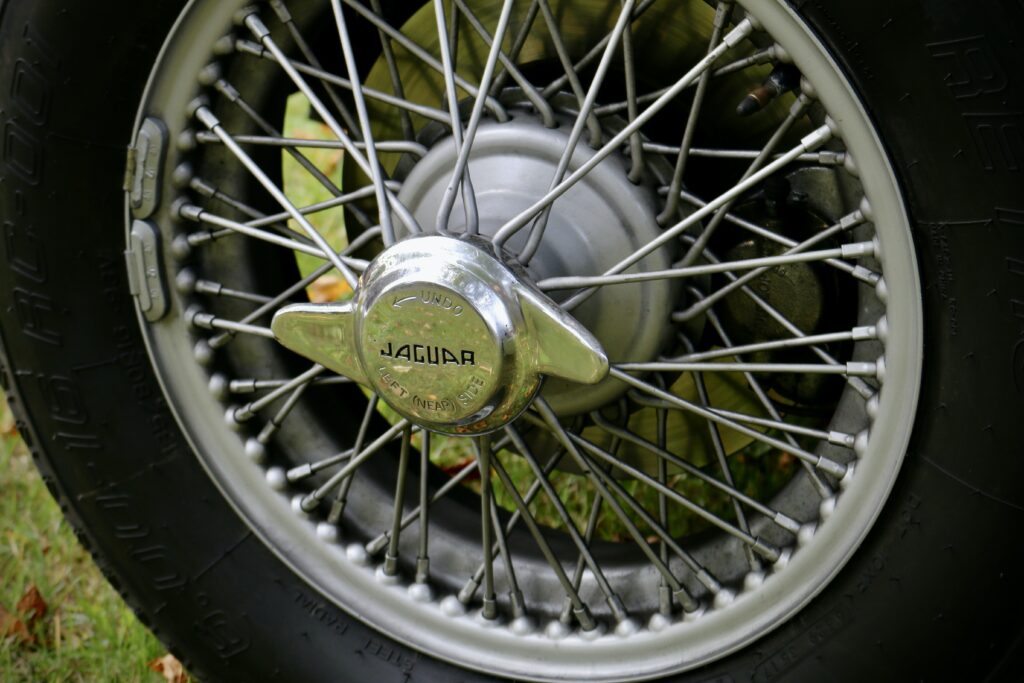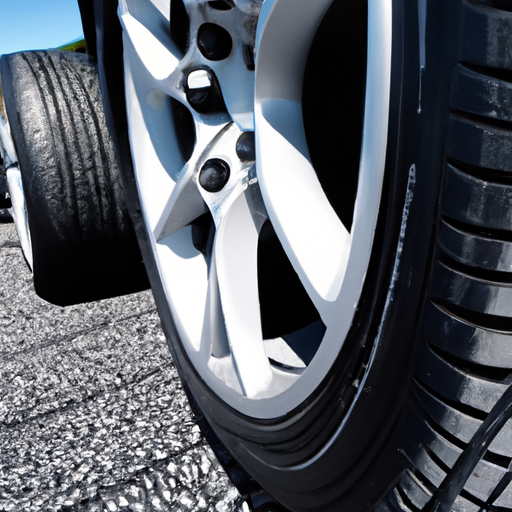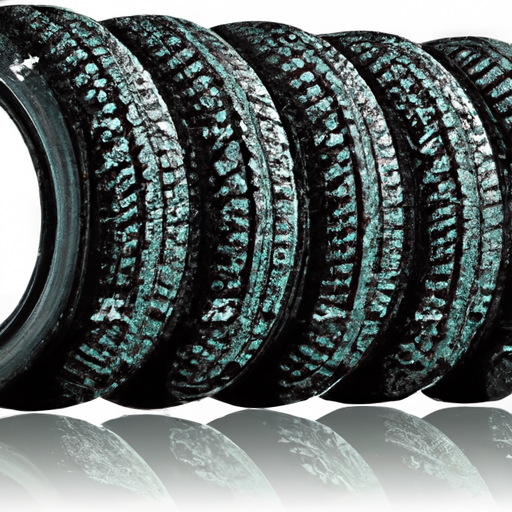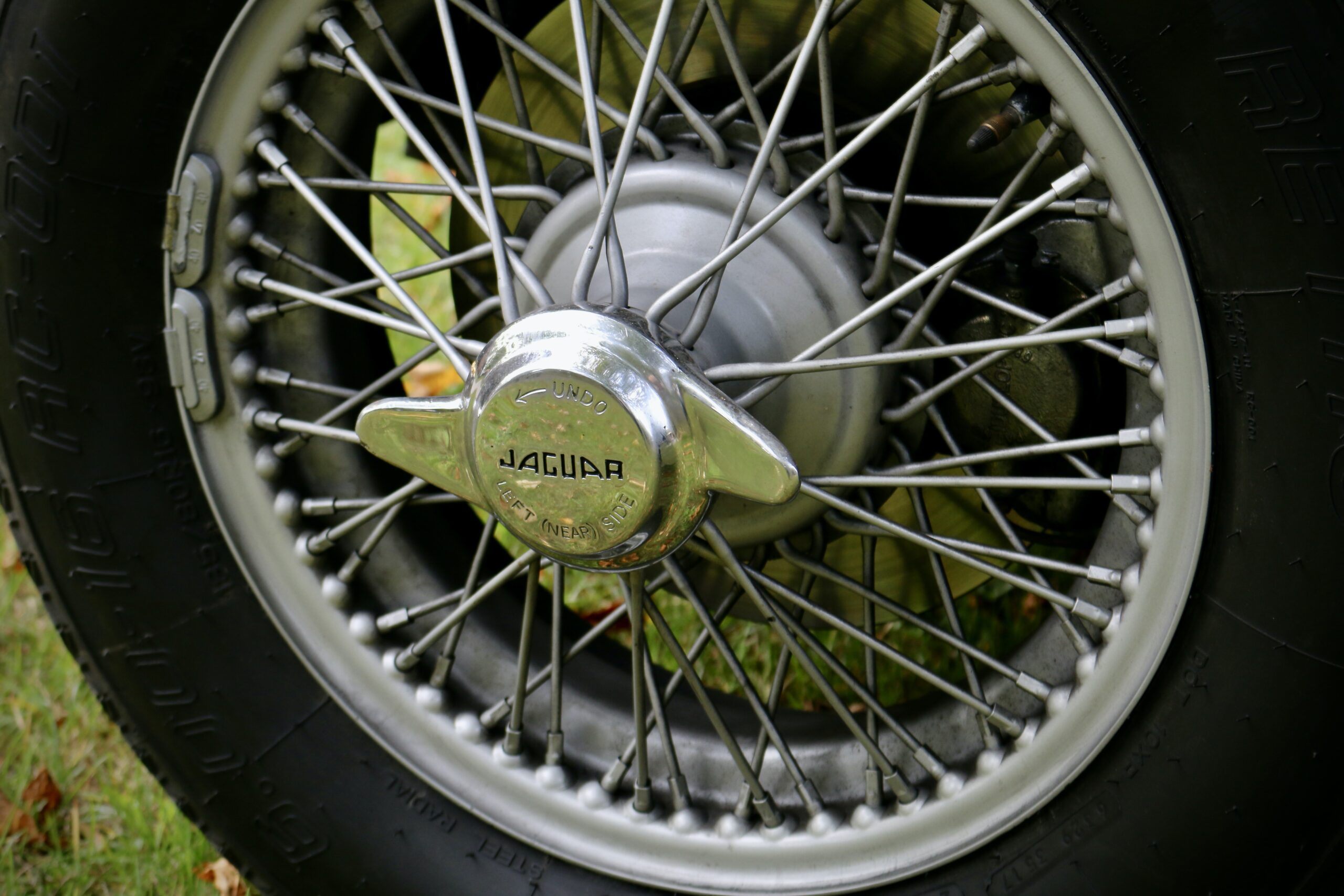You know that maintaining your vehicle is important to keep it running smoothly, and one aspect of maintenance that often gets overlooked is tire rotation. But what exactly is the correct tire rotation pattern for your vehicle? This article will guide you through the different rotation patterns and help you understand which one is best suited for your specific vehicle. By following the recommended rotation pattern, you can extend the lifespan of your tires, improve fuel efficiency, and ensure a safer driving experience. So, let’s get started and find out the correct tire rotation pattern for your vehicle!

Types of Tire Rotation Patterns
When it comes to tire rotation, there are several different patterns that can be followed, depending on various factors such as vehicle type, tire type, tire wear patterns, and manufacturer recommendations. Let’s take a closer look at each of these rotation patterns to determine which one is the right fit for your vehicle.
Front-to-Rear Tire Rotation
Front-to-rear tire rotation is perhaps the most common and widely recommended rotation pattern. As the name suggests, this pattern involves moving the front tires straight to the back, while the rear tires are brought forward and placed on the front axle. This rotation pattern helps to evenly distribute the wear on your tires, especially in vehicles with front-wheel drive.
Rear-to-Front Tire Rotation
On the flip side, rear-to-front tire rotation pattern involves swapping the rear tires to the front, while the front tires are moved straight to the back. This pattern is often recommended for vehicles with rear-wheel drive, as it helps to balance out the wear on the tires and promote longer tread life.
Cross Tire Rotation
Cross tire rotation, also known as X-pattern rotation, is another popular rotation pattern. In this pattern, the rear tires are moved diagonally to the front axle, while the front tires are brought straight back to the rear. This pattern is commonly used in vehicles with all-wheel drive as it helps to even out tire wear and maintain traction on all four wheels.
Directional Tire Rotation
Directional tires, as the name implies, are designed to rotate in a specific direction. These tires have a tread pattern that is optimized for performance, and therefore, their rotation pattern is often limited to front-to-back or side-to-side rotation. It is essential to follow the manufacturer’s recommendations for directional tires to ensure the best performance and longevity.
Factors to Consider
Before deciding on a specific tire rotation pattern, it is crucial to consider several factors that can impact the wear and performance of your tires. These factors include the type of vehicle you drive, the type of tires you have, the wear patterns on your tires, and any specific recommendations provided by the tire manufacturer.
Vehicle Type
Different vehicle types have different weight distributions and powertrain setups, which can affect tire wear. For example, front-wheel drive vehicles tend to have more weight on the front axle, which can result in faster wear on the front tires. Rear-wheel drive vehicles, on the other hand, may wear out their rear tires more quickly due to the power being delivered to the rear wheels. All-wheel drive vehicles distribute power to all four wheels, so it is important to follow the manufacturer’s recommendations for tire rotation patterns specific to your vehicle type.
Tire Type
The type of tires you have can also impact the rotation pattern. As mentioned earlier, directional tires have a specific tread pattern that determines the direction in which they should rotate. On the other hand, non-directional tires can be rotated in various patterns, offering more flexibility in the rotation process. Consider the type of tires you have when selecting a rotation pattern to ensure that you are maximizing their performance and longevity.
Tire Wear Patterns
Examining the wear patterns on your tires can provide valuable insights into how they are performing and what rotation pattern may be most beneficial. Different wear patterns, such as even wear, one-side wear, cupping wear, and feathering wear, can indicate potential alignment or suspension issues. Rotating your tires based on these wear patterns can help address these issues and promote better tire performance and longer lifespan.
Manufacturer Recommendations
Finally, the tire manufacturer’s recommendations play a crucial role in determining the correct rotation pattern for your specific tires. Manufacturers take into account the various factors and design characteristics of their tires when making rotation recommendations. Always consult the owner’s manual or reach out to the tire manufacturer directly to ensure that you are following the correct rotation pattern and schedule for your tires.
Front-Wheel Drive Vehicles
Front-wheel drive vehicles, such as sedans and compact cars, have their power delivered to the front wheels. As a result, the front tires tend to wear out more quickly than the rear tires due to the weight distribution.
Fixed Front-to-Rear Tire Rotation Pattern
For front-wheel drive vehicles, a fixed front-to-rear tire rotation pattern is often recommended. This pattern involves moving the front tires straight to the back, while the rear tires are brought forward and placed on the front axle. By doing so, the wear on the front tires is spread out more evenly, improving overall tire performance and longevity.
Alternating Cross Tire Rotation Pattern
Another option for front-wheel drive vehicles is the alternating cross tire rotation pattern. In this pattern, the front tires are moved diagonally to the opposite rear axle, while the rear tires are brought straight to the front. This pattern helps to balance out the wear on all four tires and can be particularly beneficial if your vehicle tends to experience uneven tire wear.
Rear-Wheel Drive Vehicles
Rear-wheel drive vehicles, such as trucks and some sports cars, deliver power to the rear wheels. As a result, these vehicles often experience more wear on the rear tires.
Fixed Front-to-Rear Tire Rotation Pattern
For rear-wheel drive vehicles, a fixed front-to-rear tire rotation pattern is typically recommended. This pattern is similar to the one used for front-wheel drive vehicles, involving moving the front tires to the back and bringing the rear tires to the front. By rotating the tires in this manner, you can help even out the wear between the front and rear tires, extending their overall lifespan.
Alternating Cross Tire Rotation Pattern
Similar to front-wheel drive vehicles, an alternating cross tire rotation pattern can also be used for rear-wheel drive vehicles. This pattern involves moving the front tires diagonally to the rear axle and bringing the rear tires straight to the front. By rotating the tires in this way, you can ensure that the wear is more evenly distributed among all four tires.

All-Wheel Drive Vehicles
All-wheel drive vehicles, also known as 4×4 or AWD vehicles, distribute power to all four wheels simultaneously. These vehicles often require specific rotation patterns to maintain optimum performance and tire wear.
Four-Wheel Drive Tire Rotation Pattern
For all-wheel drive vehicles with equal-sized tires, a four-wheel drive tire rotation pattern is commonly recommended. In this pattern, all four tires are rotated in a simple crisscross manner, where the front tires are moved straight to the back, and the rear tires are brought forward to the front. This rotation pattern helps to balance out the wear on all four tires and ensures consistent traction and performance.
Variable Tire Rotation Pattern
In some all-wheel drive vehicles with different-sized tires or directional tires, a variable tire rotation pattern may be required. This pattern involves rotating the tires based on the specific recommendations provided by the vehicle manufacturer or tire manufacturer. It is essential to consult the owner’s manual or reach out to the manufacturer for guidance to ensure that you are following the correct rotation pattern for your specific vehicle.
Directional Tires
Directional tires are designed with a specific tread pattern that is optimized for performance in one direction, typically indicated by an arrow or other directional markings on the sidewall. These tires can only be rotated in certain patterns.
Front-to-Back Rotation
For vehicles equipped with directional tires, a front-to-back rotation pattern is typically recommended. This pattern involves moving the front tires straight to the back while maintaining their original direction of rotation. By doing so, the tires continue to roll in the same direction, ensuring optimal performance and grip.
Side-to-Side Rotation
In some cases, side-to-side rotation may be recommended for directional tires. This pattern involves moving the tires from the left side of the vehicle to the right side and vice versa while maintaining their original direction of rotation. This rotation pattern helps to even out tire wear and maintain balanced performance on all sides.

Non-Directional Tires
Unlike directional tires, non-directional tires have a tread pattern that allows for more flexibility in rotation patterns. There are a couple of common rotation patterns for non-directional tires.
Forward Cross Rotation
For vehicles equipped with non-directional tires, a forward cross rotation pattern is often recommended. This pattern involves moving the front tires straight to the back, while the rear tires are brought forward and crossed diagonally to the front axle. By crossing the rear tires, you can help balance out the wear and evenly distribute the forces exerted on the tires.
X Pattern Rotation
Another rotation pattern for non-directional tires is the X pattern rotation. In this pattern, both front tires are moved diagonally to the opposite rear axle, while the rear tires are brought straight to the front. By rotating the tires in this manner, you can achieve a similar effect to the forward cross rotation pattern: balancing the tire wear and promoting even tread wear.
Tire Wear Patterns
Analyzing the wear patterns on your tires can provide valuable insights into potential alignment or suspension issues. By understanding the different tire wear patterns, you can address these issues and optimize the performance and lifespan of your tires.
Even Wear
Even wear is the ideal tire wear pattern, indicating that your tires are wearing evenly across the tread. This pattern is often a result of regular rotation and proper tire maintenance, showcasing balanced tire performance and longevity.
One-Side Wear
If you notice that one side of your tires is wearing more quickly than the other side, it may indicate an alignment or suspension problem. This wear pattern is often seen in vehicles with misaligned wheels or worn-out suspension components. Rotating the tires and addressing the underlying alignment or suspension issues can help rectify this uneven wear pattern.
Cupping Wear
Cupping wear, also known as scalloping wear, appears as dips or cups on the tire tread. This wear pattern is typically caused by worn-out suspension components or imbalance issues. Regular tire rotation and addressing the underlying suspension issues can help prevent and minimize cupping wear.
Feathering Wear
Feathering wear is characterized by the tread wearing down in a sawtooth-like pattern, with each tread block being higher on one side and lower on the other side. This wear pattern is often caused by misalignment or tire imbalances. Rotating the tires and addressing the alignment issues can help correct and prevent feathering wear.

Manufacturer Recommendations
When it comes to tire rotation, it is always a good idea to consult the vehicle owner’s manual and follow the tire manufacturer’s guidelines. These resources often provide specific recommendations tailored to your vehicle and tire type. By following the manufacturer’s guidelines, you can ensure that you are implementing the correct rotation pattern and schedule for your tires.
Consulting the Vehicle Owner’s Manual
The vehicle owner’s manual is an invaluable resource when it comes to tire rotation. It typically includes information on the recommended rotation patterns, the frequency of rotations, and any other specific instructions for your particular vehicle. Take the time to review the owner’s manual to ensure that you are following the manufacturer’s recommendations for the best tire performance and longevity.
Following Tire Manufacturer’s Guidelines
In addition to the vehicle owner’s manual, the tire manufacturer’s guidelines should also be considered. Tire manufacturers have extensive knowledge of their products and often provide specific recommendations for tire rotation. These guidelines may take into account the tire’s specific design, materials, and performance characteristics. By following the tire manufacturer’s guidelines, you can ensure that you are maximizing the performance and lifespan of your tires.
Frequency of Tire Rotation
In addition to the rotation pattern, the frequency of tire rotation is another important aspect to consider. Regular tire rotation helps to prevent uneven tire wear and promotes longer tread life. The recommended frequency of rotation can vary depending on several factors, including the type of vehicle, tire type, driving conditions, and manufacturer recommendations.
Every 5,000 to 8,000 Miles
As a general guideline, most experts recommend rotating your tires every 5,000 to 8,000 miles. This mileage range is typically suitable for most vehicles and provides a good balance between preventing uneven wear and maintaining tire performance. However, it is essential to consider the specific recommendations provided by your vehicle manufacturer and tire manufacturer.
Following Manufacturer’s Recommendations
The best course of action is to follow the rotation interval recommended by your vehicle manufacturer or tire manufacturer. They have the expertise and knowledge to determine the optimal rotation frequency based on the specific characteristics of your vehicle and tires. Be sure to consult the owner’s manual or reach out to the manufacturer directly to ensure that you are following the recommended rotation schedule.
In conclusion, selecting the correct tire rotation pattern is crucial for maintaining optimal tire performance and maximizing their lifespan. Factors such as your vehicle type, tire type, wear patterns, and manufacturer recommendations all play a role in determining the most suitable rotation pattern for your specific needs. By following the appropriate rotation pattern and adhering to the recommended frequency, you can ensure even tire wear and enjoy a smoother, safer ride. Remember to consult your owner’s manual and reach out to the tire manufacturer for specific guidelines tailored to your vehicle and tires.


